Grazing cattle harm water bodies
VICTORIA – A Forest Practices Board study of the impacts of cattle grazing near lakes, streams and wetlands in B.C. has found some range practices that could harm fish habitat, wildlife habitat and water quality.
In addition to forest practices, the Forest Practices Code regulates range practices on Crown land in B.C. In 2001, the board looked at how well range practices are protecting riparian areas, which are the moist, sensitive areas around inland water bodies. Seventy-five ranches were surveyed in the Cranbrook, Kamloops, Penticton and Horsefly forest districts, and within those, the health of 391 riparian sites was examined.
Overall, the board found that cattle do not heavily use most of the riparian areas surveyed, but riparian areas were damaged – particularly in the dry grasslands of the province’s Interior. Unusually dry weather last year likely caused cattle to use riparian areas more, but better range practices (such as fencing or providing other water sources) could have prevented some of the damage, which includes soil disturbance and destabilized stream banks. This in turn can increase erosion and add sediment to streams, which can harm fish habitat and water quality. Soil disturbance and plant browsing by cattle can also disrupt the growth of native plants and create a more welcoming environment for invasive plants, which affects wildlife habitat.
“The public would not tolerate this level of damage if it were caused by a logging operation,” said board chair Bill Cafferata. “Clear and measurable standards are needed to protect sensitive riparian areas. As B.C. moves toward results-based regulation of forest and range practices, it’s important that those operating on Crown lands – including ranchers – understand what results are expected of them.”
About 71 per cent of riparian areas along wetlands and streams in the survey area were found to be healthy. Seventeen per cent of sites were at risk, and 13 per cent were not healthy. The streams and wetlands in the wetter climatic zones, such as the Horsefly district, were generally in the best health, while only 49 per cent of the sites in the driest ecosystems, such as the Cranbrook district, were healthy. Community watersheds generally fared better than undesignated watersheds, with higher overall riparian health and fewer cow-pies in riparian areas.
The board recommends government develop clear and measurable goals for range practices in riparian areas so all parties involved have a clear understanding of the expectations. The board also recommends government develop limits for soil disturbance, stream channel disturbance and fecal deposits along streams, lakes and wetlands.
-30-
This news release, a summary, the full report ( 339 Kb – pdf ) and more information about the board are available on the Forest Practices Board Web site at www.fpb.gov.bc.ca or by contacting:
Jacqueline Waldorf
Communications
Forest Practices Board
Phone: 250 387-7964
1 800 994-5899
